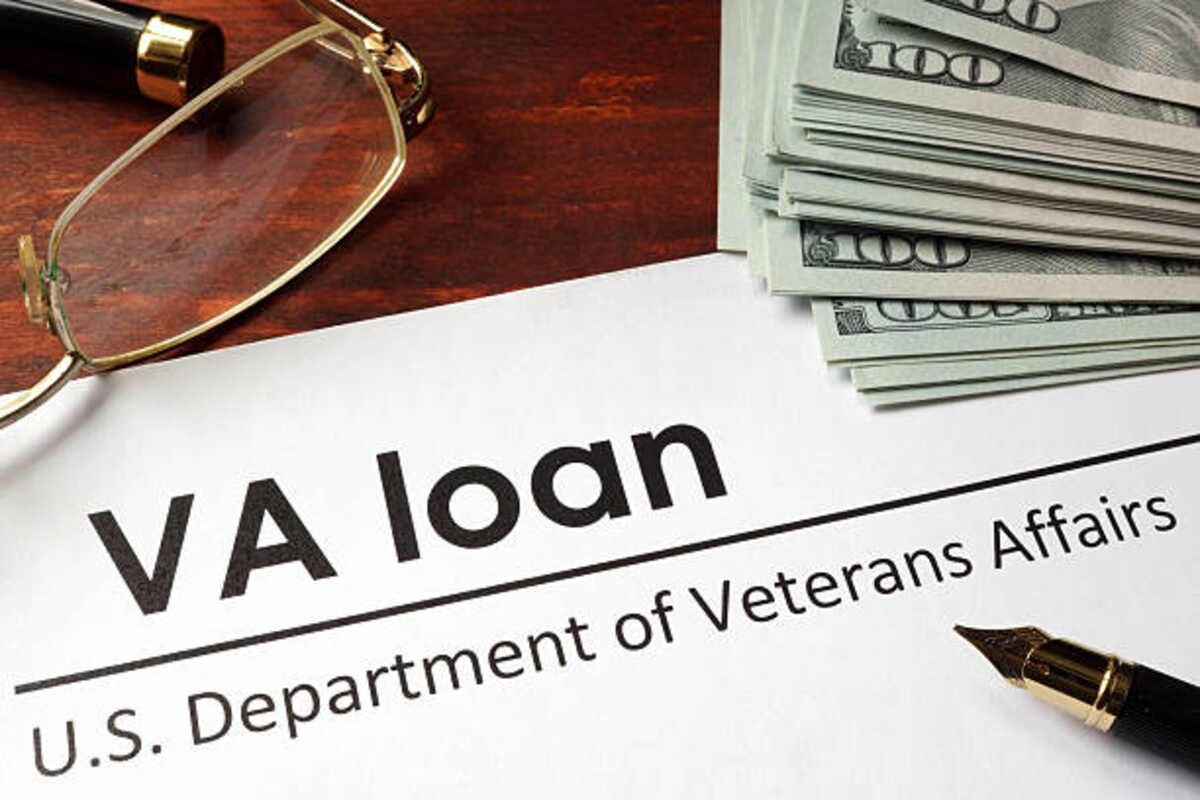Some social media posts claim the government is giving out thousands of dollars each month in subsidies; these claims are false and should be reported accordingly to PolitiFact. Check out the Best info about the cup loan program for individuals.
Providence’s pilot program provided $100 monthly to 110 randomly chosen residents over 12 months through local nonprofits and the Center for Guaranteed Income Research.
It’s a scam.
As the holiday season kicks into full gear, social media posts claiming that the government is giving out thousands of dollars are increasingly making rounds on social media platforms. Unfortunately, these claims are false and could even turn out to be part of an elaborate scam scheme.
Scammers use various tactics to gain personal information from victims, including creating false identities and fake agencies such as the Federal Grants Administration (which doesn’t exist). Scammers make false promises, such as receiving free money to cover bills, education costs, home repairs, business expenses, household goods, or even their car payments.
Legitimate grants exist, but you have to work for them – applying is the key! They typically come from state/county governments, with public money being the source. Furthermore, any fee required in order to submit or learn more about a program could be seen as a scamming practice.
No one could blame anyone for wanting a monthly subsidy of $6,400 from their government; unfortunately, this sum cannot be spread evenly among the population. Instead, certain types of homes, such as new or pre-owned single-family, manufactured and mobile homes, condos, and co-ops, qualify for tax credits available through them.
A video uploaded to social media claims viewers can verify their eligibility by visiting a specific website and answering two questions while also asking for details such as social security numbers, addresses, and phone numbers that can be used to steal identities and drain bank accounts.
Social media posts like this one can be hazardous as they exploit our current climate of fear, urgency, and curiosity. Scammers use these emotions to manipulate victims into taking immediate action without thinking.
The director of Fraud Prevention Programs with AARP warns anyone who encounters such posts on social media to consider them a warning and not click any links provided in these messages. People can avoid falling for the $6,400 subsidy scam by trusting their instincts and remaining wary of any offer that sounds too good to be true. Furthermore, they should refrain from giving out personal data such as phone numbers or online addresses over the phone or via websites. Finally, they should always verify the legitimacy of any claim by calling the company or government agency directly. If their claims are legitimate, they will give you their contact details; otherwise, they will advise reporting it immediately so as not to fall prey to scams like these in the future. This will help stop others from being duped into falling for the same scams.
It’s not
PolitiFact has repeatedly debunked claims that the government is depositing thousands of dollars into people’s bank accounts as an act of fraud. One such narrative comes from a Facebook video posted by an apparently trustworthy woman that suggests anyone may qualify for $6400 of federal health subsidy and encourages viewers to register their information (age, income, insurance coverage, and handicap status). Unfortunately, this registration site can quickly be sold off to identity thieves while actual federal subsidies are offered on criteria that must first be carefully assessed before being distributed to eligible applicants.

